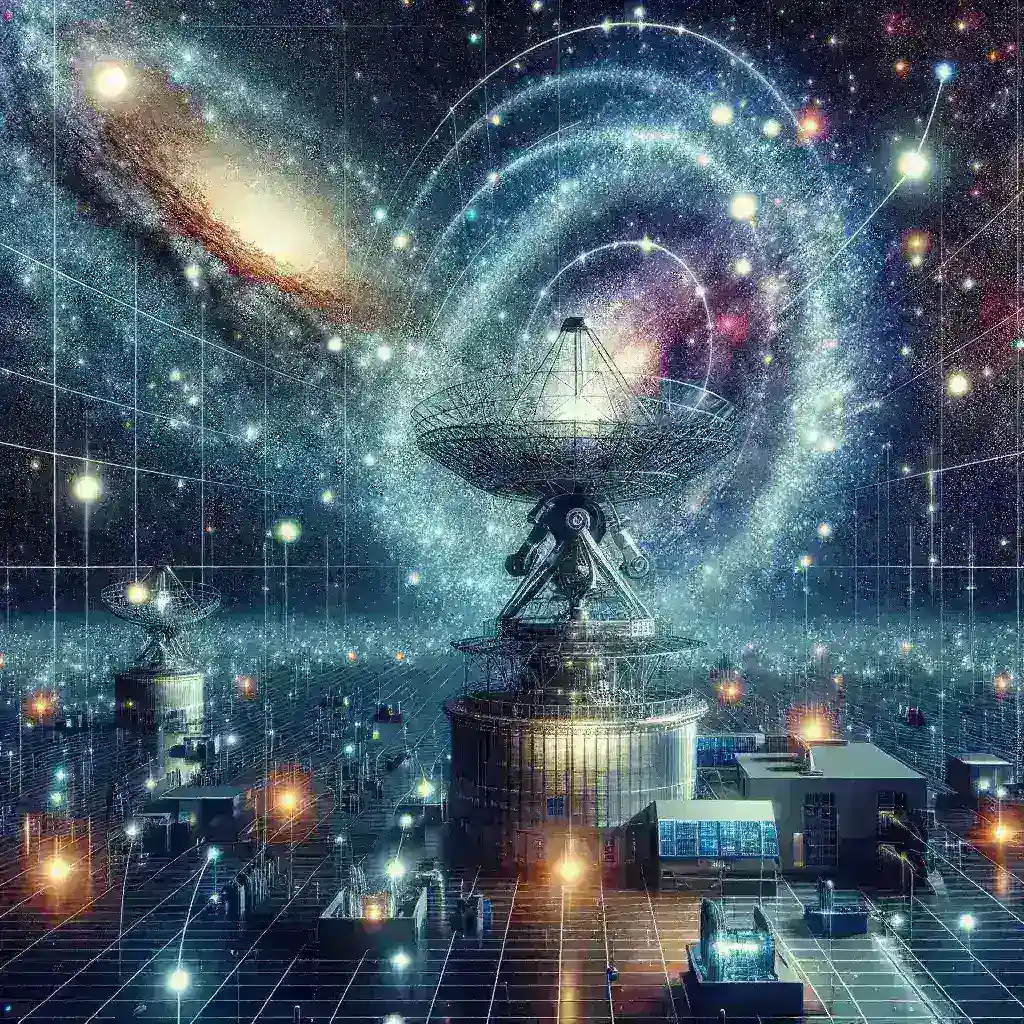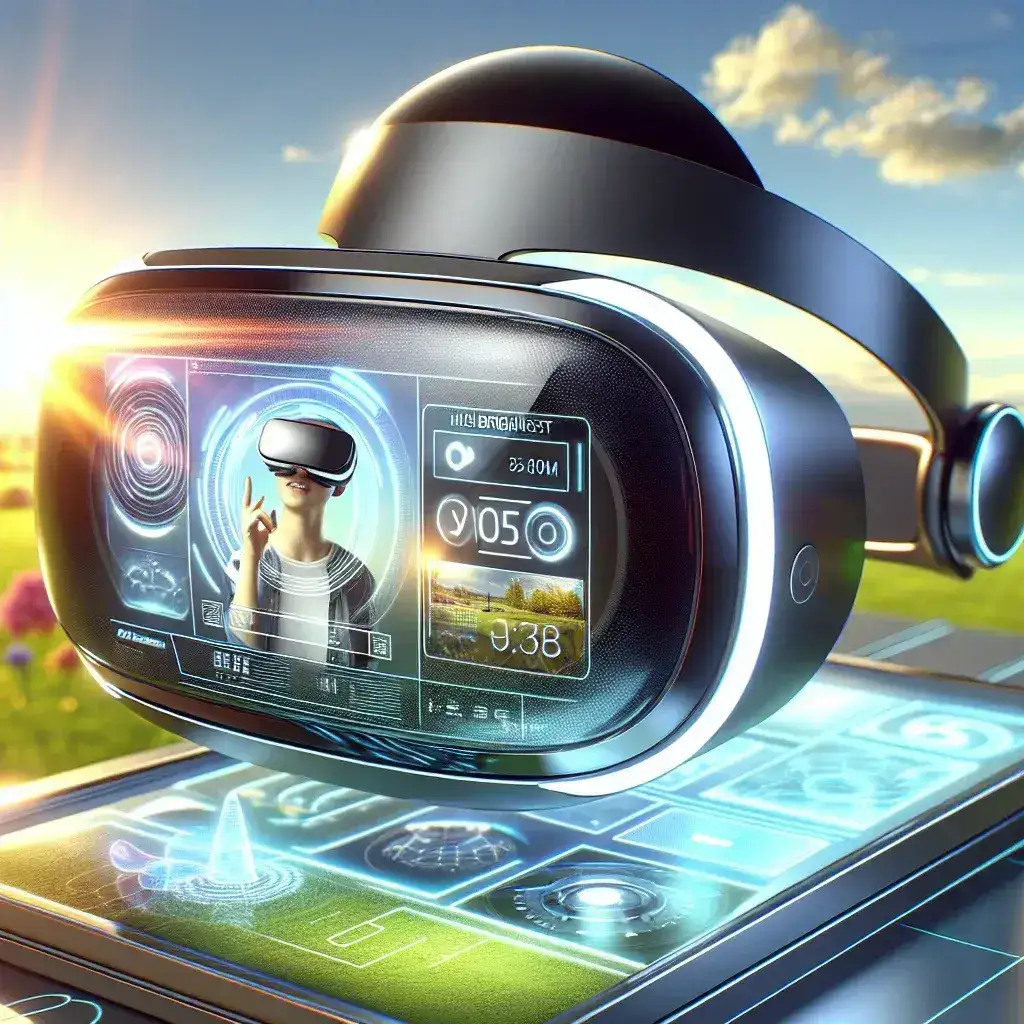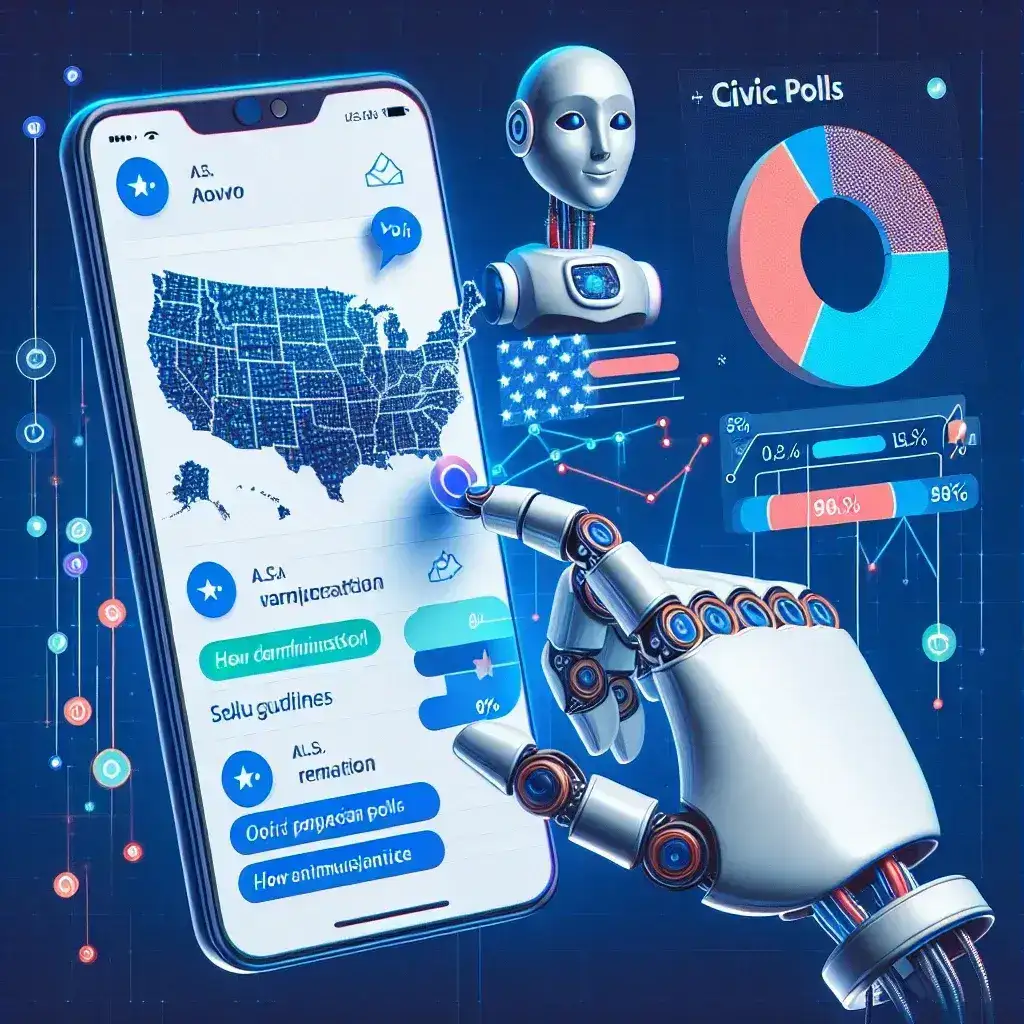In the quest to understand the cosmos, one of the most perplexing challenges is unraveling the mysteries of dark energy. As scientists strive to comprehend its influence on the universe’s expansion, AI enhanced observatories are emerging as pivotal tools in this groundbreaking research. This article delves into the role of these advanced observatories, their capabilities, and the implications of their findings on our understanding of the universe.
Understanding Dark Energy
Dark energy constitutes approximately 68% of the universe, yet remains one of the least understood components of cosmology. Discovered in the late 1990s, dark energy is believed to be responsible for the accelerated expansion of the universe. Various theories attempt to explain its nature, ranging from the cosmological constant to dynamic fields that evolve over time.
The Role of AI in Astronomy
Artificial Intelligence (AI) has revolutionized numerous fields, and astronomy is no exception. By employing machine learning algorithms and data analytics, AI enhances our ability to analyze vast datasets generated by observatories. The real-time processing capabilities of AI allow scientists to identify patterns, anomalies, and trends that may be otherwise overlooked in traditional observational methods.
AI Enhanced Observatories: A New Era
AI enhanced observatories are transforming the landscape of astronomical research. These facilities integrate advanced imaging technology, data collection, and AI algorithms to simulate the effects of dark energy on cosmic expansion. The following are key features of these observatories:
- Real-Time Data Analysis: AI systems can analyze incoming data instantly, enabling astronomers to make immediate decisions on observation strategies.
- Improved Image Processing: Machine learning techniques enhance the clarity and detail of astronomical images, making it easier to identify celestial phenomena.
- Predictive Modeling: AI can model the effects of various dark energy scenarios, offering predictions that inform future observations.
Historical Context of Dark Energy Research
The exploration of dark energy has evolved significantly since the 1998 discovery of the universe’s accelerated expansion. Initially, astronomers relied on supernova observations to gauge cosmic distances. The advent of AI technologies has vastly improved the accuracy of measurements and provided new avenues for investigation.
Significant Milestones
Several key milestones in dark energy research underscore the importance of AI enhanced observatories:
- 1998: Discovery of dark energy through supernova observations led to the formulation of cosmic acceleration theories.
- 2003: The launch of the Wilkinson Microwave Anisotropy Probe (WMAP) provided critical data on the cosmic microwave background, aiding in the understanding of dark energy.
- 2018: The Dark Energy Spectroscopic Instrument (DESI) project was initiated, aiming to map the universe’s expansion through galaxy surveys enhanced by AI.
Future Predictions and Implications
The role of AI enhanced observatories in simulating the effects of dark energy has significant implications for future cosmological research. As these observatories continue to evolve, they will provide deeper insights into the nature of dark energy and its impact on the universe.
Further Advancements
With advancements in quantum computing and AI, the future of dark energy research looks promising. High precision simulations could lead to new paradigms in cosmology, challenging existing theories and inspiring innovative concepts.
Potential Discoveries
Future discoveries may include:
- Enhanced understanding of the universe’s fate: Insights from AI simulations could help predict the long-term fate of the universe.
- Identification of new cosmic phenomena: AI might uncover new types of dark energy or related entities that influence cosmic expansion.
- Revising fundamental theories: New findings may challenge or reaffirm current cosmological models, reshaping our understanding of the universe.
Conclusion
AI enhanced observatories are at the forefront of unraveling the mysteries of dark energy and its role in the expansion of the universe. By merging advanced technology with astronomical research, scientists are better equipped to explore the cosmos. As we look toward the future, these observatories will continue to illuminate our understanding of the universe’s most profound questions, paving the way for a deeper appreciation of the cosmos in which we live.
Explore more about AI in astronomy and the exciting developments surrounding dark energy.







